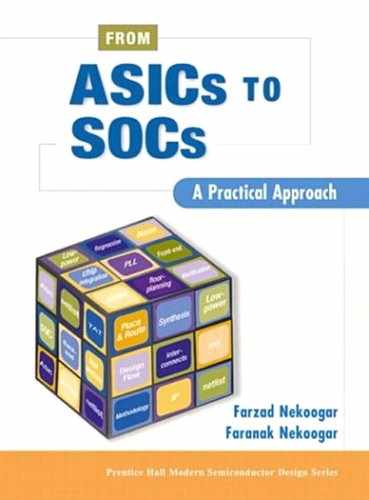Book Description
Information you can put straight to work!
ASICs (Application-Specific Integrated Circuits) and SOCs (Systems On a Chip) are among the hottest topics in semiconductor chip design today. If you're a front-end or back-end chip designer looking to learn the latest techniques and methodologies, this book is for you.
From ASICs to SOCs: A Practical Approach explains ASIC and SOC design and verification for the real world-by covering the same issues and dilemmas you'll face on the job! An emphasis on techniques and principles over the particulars of design tools gives you a deeper understanding of the material and will make you much more effective in your work, regardless which tools you use. Topics include:
Methodologies and design flows for front-end and back-end designs
Tips and guidelines for front-end and back-end designs
Modern physical design techniques
Integration of IPs on SOC designs
Low-power design techniques and methodologies
VOIP (Voice over IP) and STB (Set-Top Box) SOC design examples
With content centering on practical and current information and techniques, From ASICs to SOCs: A Practical Approach is intended for self-study by practical ASIC and SOC engineers. It also makes an excellent reference book for graduate students in electrical engineering.
Table of Contents
- Copyright
- Prentice Hall Modern Semiconductor Design Series
- About Prentice Hall Professional Technical Reference
- List of Abbreviations
- Preface
- Acknowledgments
- Introduction
- Overview of ASICs
- SOC Design and Verification
- Physical Design
- Low-Power Design
- Low-Power Design Tools
- Open Core Protocol (OCP)
- Phase-Locked Loops (PLLs)
- Glossary
